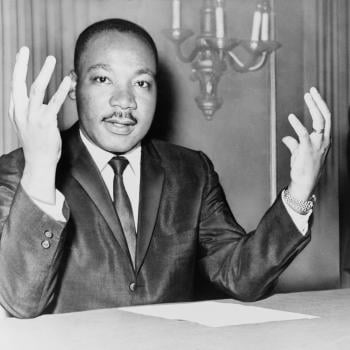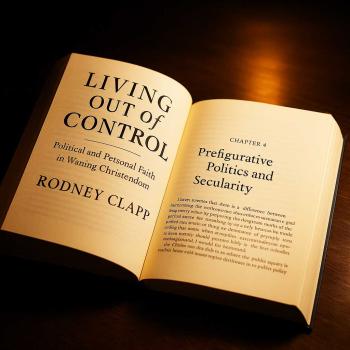Shallow Religious Fads and Fashions
Looking back over my life among American evangelical Christians I am conscious of a pattern among us. We tend to form “tribes” identifiable by clothes, hair, mannerisms, even glasses. I count myself a fairly keen observer of this pattern and I alternate between laughing and crying over it.
The other evening my wife and I were watching one of our favorite television programs called “House Hunters International” (on the HGTV channel). I like to watch it to see the glimpses it affords of other cultures, geographies and lifestyles. We both also enjoy observing American expatriates’ reactions to life in other cultures. We laugh (or sigh) when so many Americans move to another country and want a house or apartment with “American amenities”—size, conveniences, etc. It seems that many Americans who live in other countries want to be permanent tourists when they step out of their houses but live in them exactly like they do “back home.” (We enjoyed living “on the economy” in Germany and in a very German-style “row house” with few “American conveniences.”)
As the episode began it focused on a young couple from Texas moving to a country most Americans have probably never heard of. The show always introduces the couple (sometimes an individual) looking for a dwelling outside the U.S. I watched this couple for five minutes and said to my wife “They’re Christian missionaries” even though nothing was said to indicate that. I was simply “going by” clothes, hair, mannerisms. By the end of the episode she was agreeing with me but wondering how I knew and if I was right. I “googled” them and, sure enough, voila!—young Christian missionaries from Texas—moving to a country with many Muslims under the guise of being business consultants (which they are).
The husband had a shaved head and a “soul patch” and his mannerisms including speech were so typical of many late twenty to mid-thirty something American evangelical men who fancy themselves part of the emerging/emergent and/or Young, Restless, Reformed Christian movements. By the middle of the episode my wife was convinced I was right because they never mentioned “bars” or “nightlife.” (Most young Americans moving to other countries want to be near the “nightlife scene” and be surrounded by bars and hip restaurants.)
Years ago I used to entertain my wife and friends in airports (for example) by pointing to men and women, strangers, and saying “Baptist” or “Assemblies of God.” Of course I didn’t know for sure; I couldn’t “google” them and I wasn’t going to go up and ask them (most of the time). I remember a time, for example, when most Baptist preachers and their wives wore similar hair styles and glasses and when Pentecostal preachers and their wives were easily identifiable “a mile away” by their “Jimmy Swaggert hair” and leisure suits or “beehive hair” and ankle-length fluffy dresses.
I grew up in a fairly small Pentecostal denomination in which most of the male preachers (there were some women preachers, too) imitated the most influential pastor. His styles and mannerisms became theirs. Later, as I came into Baptist circles, I noticed that especially Southern Baptist preachers all wanted to look and act like W. A. Criswell. His “style” became a kind of norm for those “preacher boys” who wanted to climb up the ladder of success to inhabit the pulpit of a large metropolitan Baptist church.
We American evangelicals are a peculiar bunch of people. We are a subculture made up of subcultures. We like to imitate preachers and church leaders we admire. People who don’t are often viewed as nonconformists—in a bad sense. But even the self-styled nonconformists among us seem to imitate someone! Just look at the popularity of a certain kind of glasses worn by nearly all the emerging church (male) leaders. A few years ago I twice attended and spoke at a large pastors’ conference in California attended by many emerging/emergent church pastors. I almost laughed at the conformity in fashion and style (including mannerisms) of the nonconformists!
To me this pattern is evidence of a certain shallowness in American evangelicalism. We have long, perhaps always, tended to judge people’s spirituality (among us) by their conforming to preconceived styles and fashions—whether it be what authors they read, what pastors they look up to and imitate, what clothes they wear, how they wear their hair (if at all), what mannerisms they adopt and how well they “wear them.” I can just hear Jesus or Paul reminding us to imitate them—not in clothes or mannerisms or styles but in character and message and life among others. And I can just hear Martin Luther King, Jr. saying we should not judge a person by their fashions or styles but by the content of their character.












